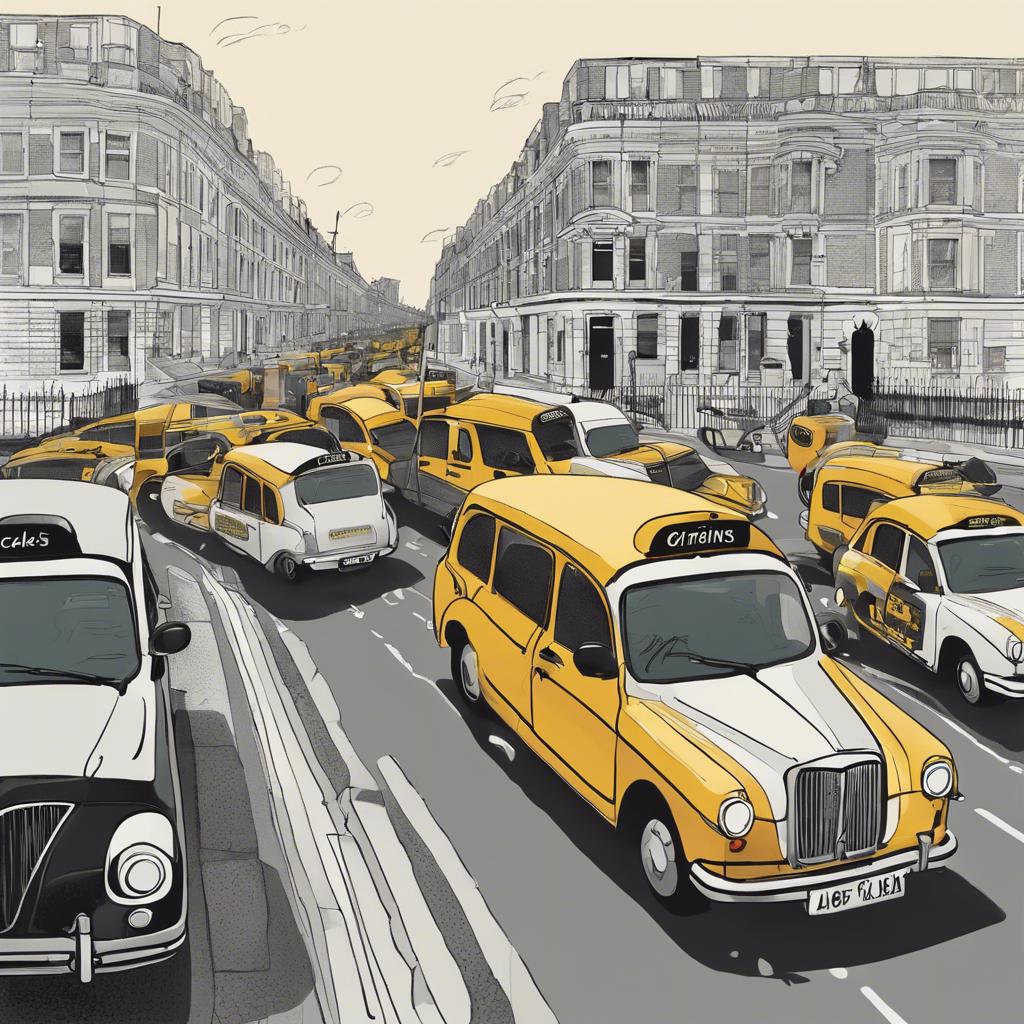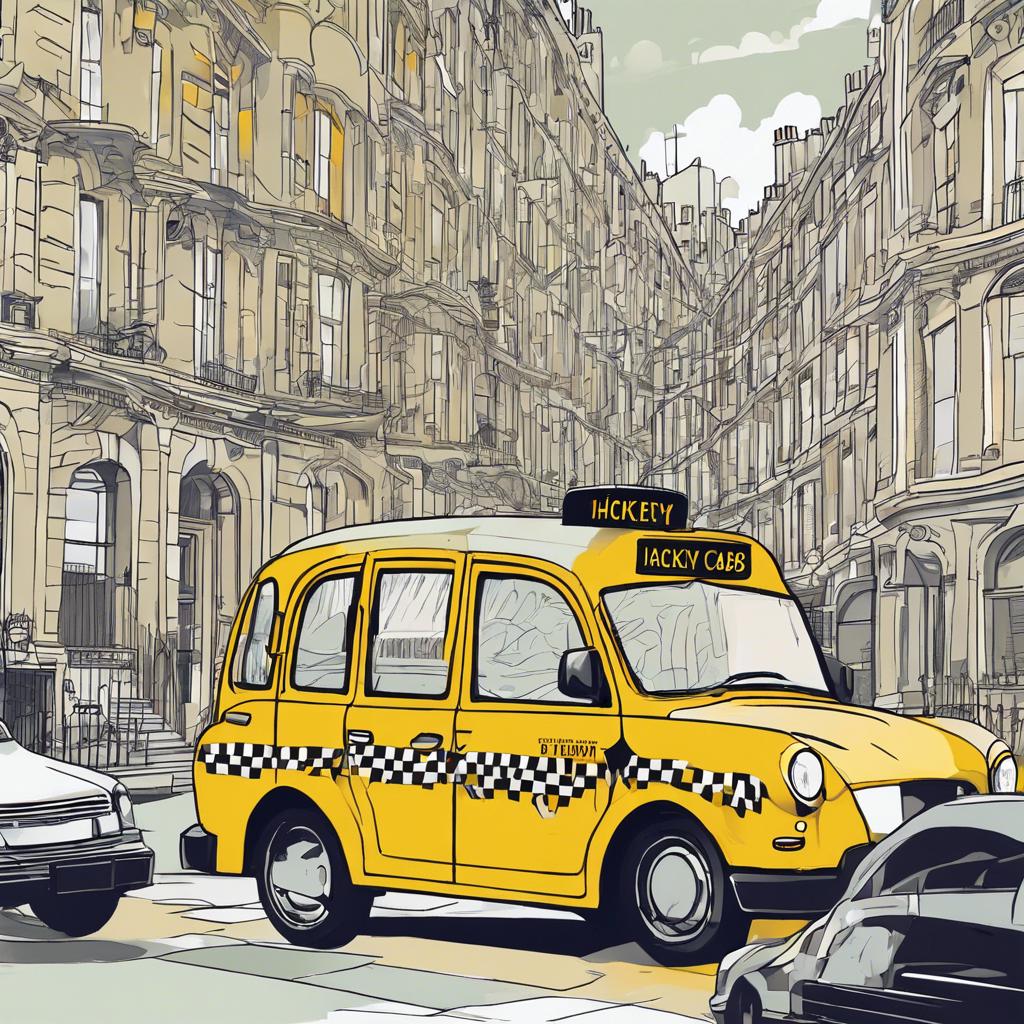Throughout history, the timeless allure of hackney cabs has captured the imaginations of city-dwellers and travelers alike. From their humble origins as horse-drawn carriages in the bustling streets of London to their modern iterations as sleek, metered taxis found in cities around the world, these iconic vehicles have played a central role in urban transportation for centuries. Join us as we delve into the fascinating history of hackney cabs and explore the evolution of this beloved mode of conveyance.
Step Into the World of Cheryl Bolen
Dive into the enchanting stories of love, intrigue, and elegance set in the Regency Era. Cheryl Bolen's novels offer timeless romance and captivating tales that will leave you wanting more.
Explore Cheryl Bolen's Books Now
Origins of Hackney Cabs in London
Hackney cabs, also known as London taxis, have a rich history dating back to the 17th century. The term “hackney” originally referred to a type of horse commonly used for hire in the streets of London. These hackney carriages were the predecessors to the iconic black cabs that roam the city today.
By the early 19th century, regulations were put in place to standardize the hackney carriage industry in London. The introduction of the licensed hackney carriage allowed for a more organized and reliable taxi service for residents and visitors alike. These cabs were typically drawn by horses and could be hailed on the streets or hired from designated taxi stands.
Over the years, technological advancements have transformed the hackney cab industry. From the introduction of motorized vehicles in the early 20th century to the modernization of dispatch systems and GPS navigation, London taxis have evolved to meet the demands of a fast-paced city. Despite these changes, the iconic design and reputation for top-notch service have remained a hallmark of the hackney cab tradition.
Evolution of Hackney Carriages through Time
The Early Days: Hackney carriages, also known as hackney cabs, have a long and storied history that dates back to the 17th century in London, England. These horse-drawn carriages were originally used for hire and could be found at designated stand locations around the city. The drivers of these carriages, known as hackneymen, would charge a set fee for their services, making transportation more accessible to the general public.
The Age of Motorization: With the advent of motorized vehicles in the late 19th and early 20th centuries, hackney carriages began to evolve. The iconic black cabs that we are familiar with today started to appear on the streets of London, offering a more efficient and reliable mode of transportation. These taxis were specially designed to withstand the rigors of urban driving and provide a comfortable ride for passengers.
Modern Innovations: In recent years, hackney cabs have continued to evolve with the introduction of hybrid and electric vehicle options. These environmentally friendly taxis not only reduce emissions but also help reduce fuel costs for drivers. Additionally, advancements in technology have seen the integration of GPS navigation systems and mobile apps for booking cabs, making it easier for passengers to find and hail a hackney cab in today’s fast-paced world.
Best Practices for Operating a Hackney Cab Service
When it comes to operating a successful hackney cab service, there are several best practices that can help ensure efficiency and customer satisfaction. One crucial aspect to consider is the maintenance of your fleet. Regular inspections and servicing of vehicles can help prevent breakdowns and ensure a safe and comfortable ride for passengers.
Another important practice is to provide excellent customer service. This can include having well-trained drivers who are knowledgeable about local routes and regulations, as well as being courteous and professional at all times. Creating a positive experience for passengers can lead to repeat business and positive word-of-mouth recommendations.
Lastly, staying up-to-date with technology can give your hackney cab service a competitive edge. Utilizing GPS navigation systems can help drivers find the quickest routes, while implementing online booking systems can make it easier for customers to request rides. Embracing innovation in the industry can help streamline operations and improve overall service quality.
Modern Challenges Faced by Hackney Cab Drivers
The today are numerous and complex. One of the main challenges is the competition from ride-sharing services like Uber and Lyft, which offer convenient and often cheaper alternatives to traditional taxi services. This has led to a decrease in demand for Hackney cabs, making it harder for drivers to find customers and earn a living.
Another challenge is the increasing congestion and traffic in urban areas, which can make it difficult for cab drivers to navigate the streets and reach their destinations on time. This not only leads to frustrated passengers but also impacts the overall efficiency of the service. Additionally, the rising costs of fuel and maintenance can eat into cab drivers’ profits, making it even harder to make a living in this competitive industry.
Furthermore, the threat of automation and self-driving vehicles looms large over the taxi industry, with companies like Google and Tesla investing heavily in this technology. If self-driving cars become mainstream, Hackney cab drivers could face even greater challenges in the future, as they may be replaced by machines that don’t require a human driver. These are just a few of the modern challenges that Hackney cab drivers must navigate in order to survive and thrive in today’s ever-changing transportation landscape.
To Wrap It Up
hackney cabs have certainly come a long way since their inception in the early 17th century. From their humble beginnings as horse-drawn carriages for hire in London to the iconic black cabs we see on the streets today, these vehicles have played a significant role in the transportation history of the city. As we look back on the evolution of hackney cabs, it is clear that they have not only provided a essential service for residents and tourists alike, but have also become an enduring symbol of London’s unique and vibrant culture. These vehicles continue to be an integral part of the city’s landscape, weaving their way through the bustling streets and carrying passengers to their destinations with unmatched efficiency and style. Truly, hackney cabs are a testament to the enduring legacy of transportation in London.


